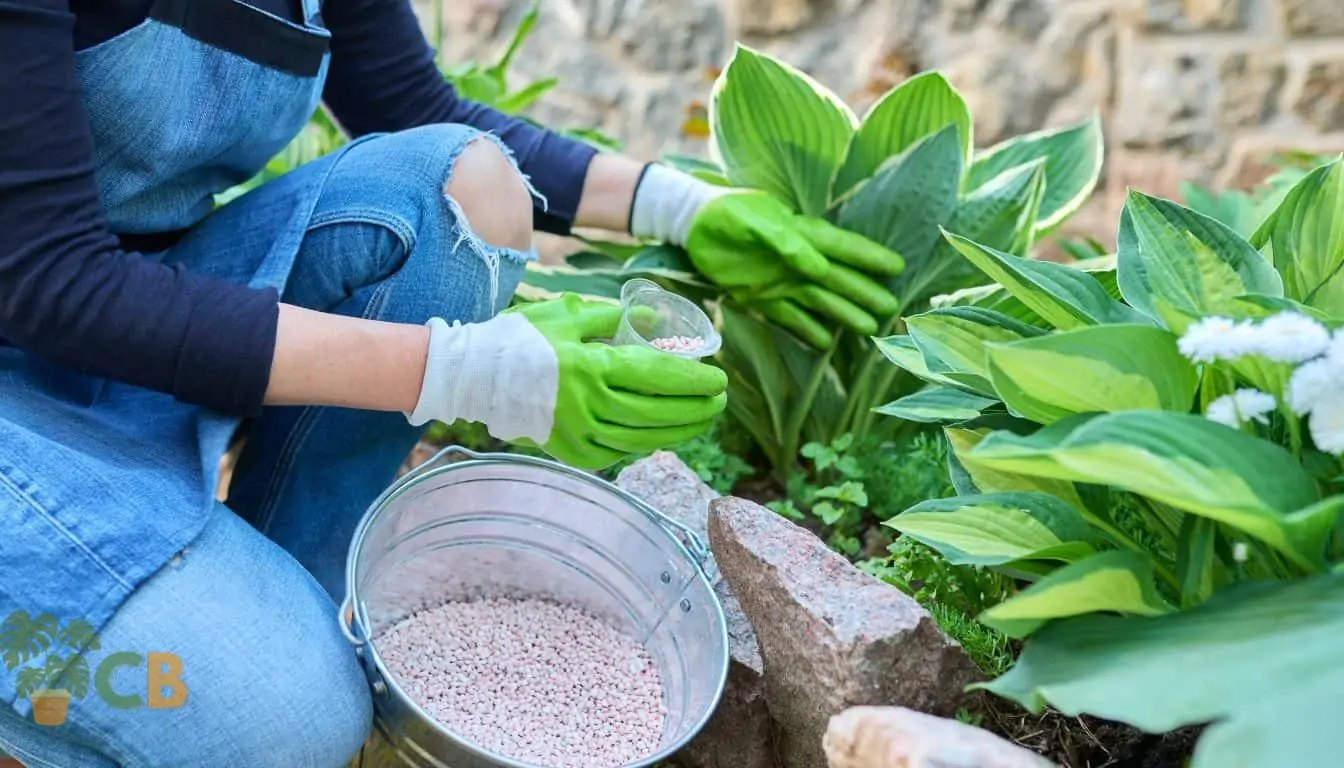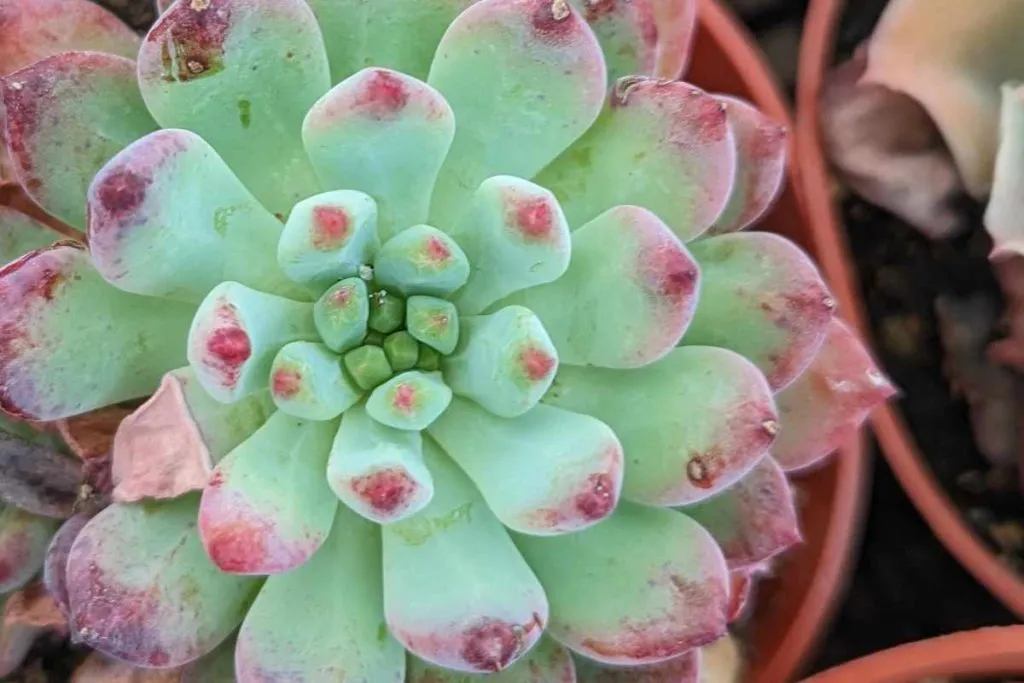Prevent These Plants: What Plants Don't Like Epsom Salt
Prevent These Plants: What Plants Don't Like Epsom Salt
Blog Article
Explore Why Some Plants Deny Epsom Salt as a Nutrient Source
In the elaborate world of plant nourishment, the denial of Epsom salt as a feasible nutrient source by some plants poses an appealing dilemma. The factors behind this careful habits dive right into a complicated interplay of plant absorption systems, the special chemical framework of Epsom salt, and plant-specific nutrient preferences.
Plant Absorption Devices
In diving right into the intricate realm of plant absorption systems, it ends up being noticeable that the procedure is governed by a sophisticated interplay of physical characteristics and molecular paths. Plants soak up nutrients primarily through their roots, utilizing different transportation systems to uptake essential elements such as nitrogen, magnesium, potassium, and phosphorus. Magnesium, an essential element in chlorophyll synthesis and enzyme activation, plays a critical duty in plant development and development.
The absorption of magnesium entails numerous steps, starting with its availability in the dirt option. When dissolved, magnesium ions are taken up by plant roots with certain transportation proteins embedded in the cell membrane layers. These healthy proteins help with the movement of magnesium throughout the root cell wall surfaces and into the plant's vascular system, where it is then dispersed to different cells to sustain different physical features.
Understanding the complex devices behind magnesium absorption in plants clarifies exactly how this crucial nutrient adds to total plant wellness and productivity. By enhancing magnesium uptake pathways, farmers can improve plant yields and top quality, highlighting the relevance of understanding plant absorption dynamics for lasting farming methods.
Epsom Salt Chemical Structure
The chemical framework of Epsom salt, additionally called magnesium sulfate heptahydrate, reveals a distinctive arrangement of components that contribute to its distinct residential properties and applications - what plants don't like epsom salt. Epsom salt is composed of magnesium (Mg), sulfur (S), oxygen (O), and hydrogen (H) atoms. The formula MgSO4 · 7H2O shows that each particle consists of one magnesium atom, one sulfur atom, four oxygen atoms, and 14 hydrogen atoms. The existence of water particles in its framework adds to its solubility in water. The seven water molecules are loosely adhered to the magnesium sulfate compound, enabling it to dissolve conveniently in water and be readily occupied by plants via their roots.
The crystal structure of Epsom salt forms monoclinic prisms, which are lengthened crystals with identical ends. This crystal shape affects the physical homes of Epsom salt, such as its structure and solubility. Recognizing the chemical framework of Epsom salt is essential for understanding its habits as a nutrient resource and its communications with plants in horticultural and agricultural practices.
Plant-Specific Nutrient Preferences
Plants exhibit unique preferences for specific nutrients, highlighting the importance of recognizing their private requirements for ideal development and advancement. Comprehending these plant-specific nutrient choices is critical for maximizing crop yields, boosting decorative plant growth, and promoting general plant health and wellness.

Plant-specific nutrient choices can additionally vary based on whether the plant is a monocot or dicot. By customizing nutrient supplements to meet the exact requirements of each plant species, farmers can enhance plant growth, minimize nutrient waste, and assistance sustainable farming methods.

Dirt Ph and Nutrient Uptake
Dirt pH plays an essential duty in establishing the availability of necessary nutrients for plant uptake. Acidic soils with a lower pH are favorable for plants like blueberries and azaleas, while alkaline soils with a greater pH match plants such as lilacs and clematis.
Dirt pH influences the chemical kinds of nutrients in the soil. In acidic dirts, nutrients like manganese, light weight aluminum, and iron can come to be a lot more available, but extreme level of acidity can cause poisoning problems. On the other hand, alkaline dirts may restrict the schedule of nutrients like zinc, copper, and iron, impacting plant growth. Keeping the proper pH degree in the dirt is necessary for guaranteeing that plants can efficiently Home Page uptake the needed nutrients for their healthy development and efficiency.
Genetic Consider Nutrient Uptake
In the realm of plant nutrition, the interplay of hereditary variables considerably affects the uptake of essential nutrients critical for plant development and growth. Hereditary factors play a crucial role in shaping a plant's capability to absorb and use nutrients successfully.
Furthermore, genetic aspects additionally determine the efficiency of nutrient uptake devices within plants. Some plants might possess genetic characteristics that improve their capability to feed on nutrients from the soil efficiently, giving them an affordable advantage in nutrient-poor environments. On the other hand, hereditary variations can likewise cause restrictions in nutrient uptake, making certain plants a lot more at risk to shortages even when nutrients are plentiful in the dirt.
Understanding just how genetic variables affect nutrient uptake is critical for establishing methods to enhance plant nutrition and improve crop performance in various agricultural setups. By unwinding the hereditary devices involved in nutrient uptake, scientists can function in the direction of developing genetically enhanced plant selections with enhanced nutrient purchase capabilities.
Verdict
:max_bytes(150000):strip_icc()/GettyImages-1317990269-f9c37b77324f4095b1916657ff7b26fb.jpg)
In the intricate world of plant nourishment, the rejection of Epsom salt as a sensible nutrient resource by some plants poses an appealing quandary. what plants don't like epsom salt. Comprehending these plant-specific nutrient choices is important for optimizing plant returns, boosting ornamental plant growth, and promoting overall plant health
By tailoring nutrient supplements to satisfy the exact needs of each plant varieties, cultivators can optimize plant development, minimize nutrition waste, and support lasting agricultural methods.
In the world of plant nourishment, the interplay of hereditary elements considerably affects the uptake of vital nutrients vital for plant growth and development. Recognizing navigate to this site these intricacies in Read More Here plant nutrient uptake is critical for enhancing plant growth and wellness in farming techniques.
Report this page